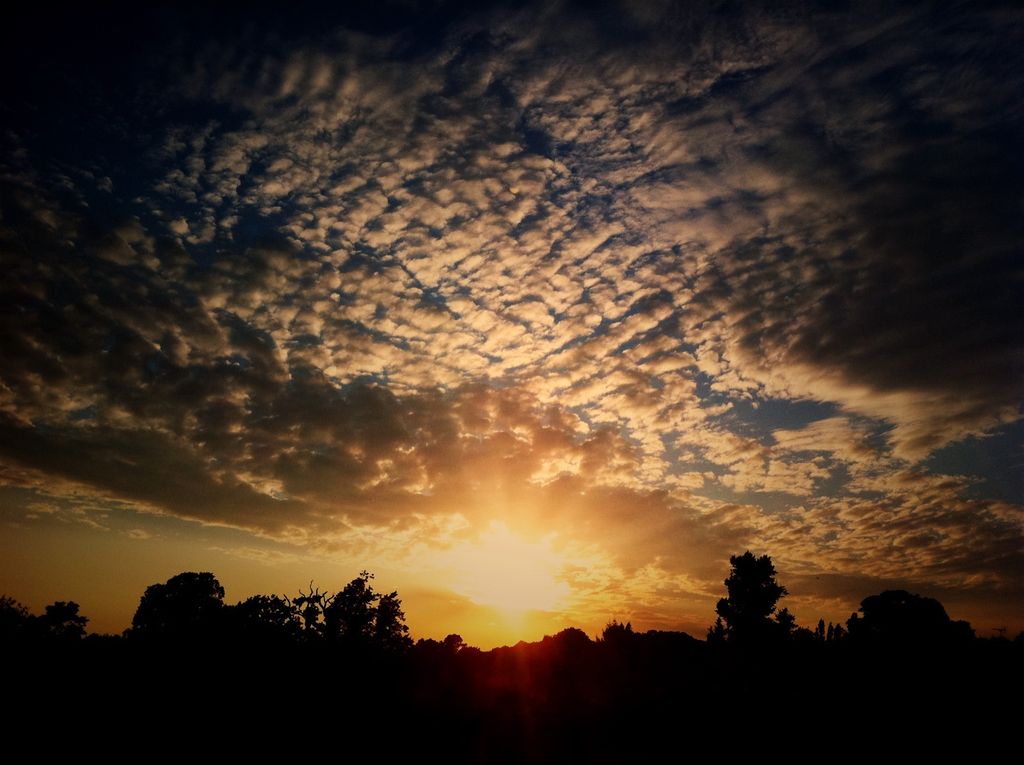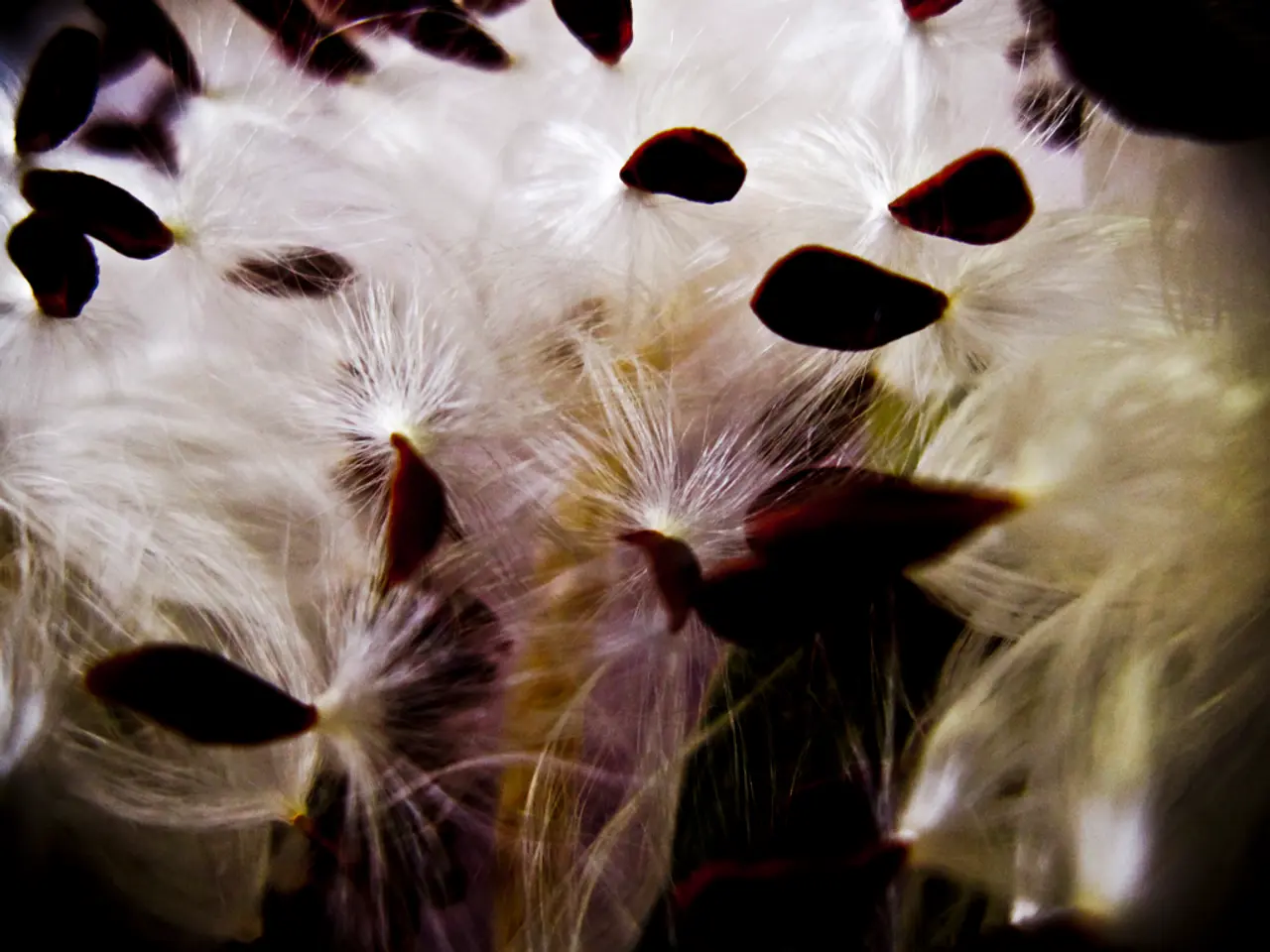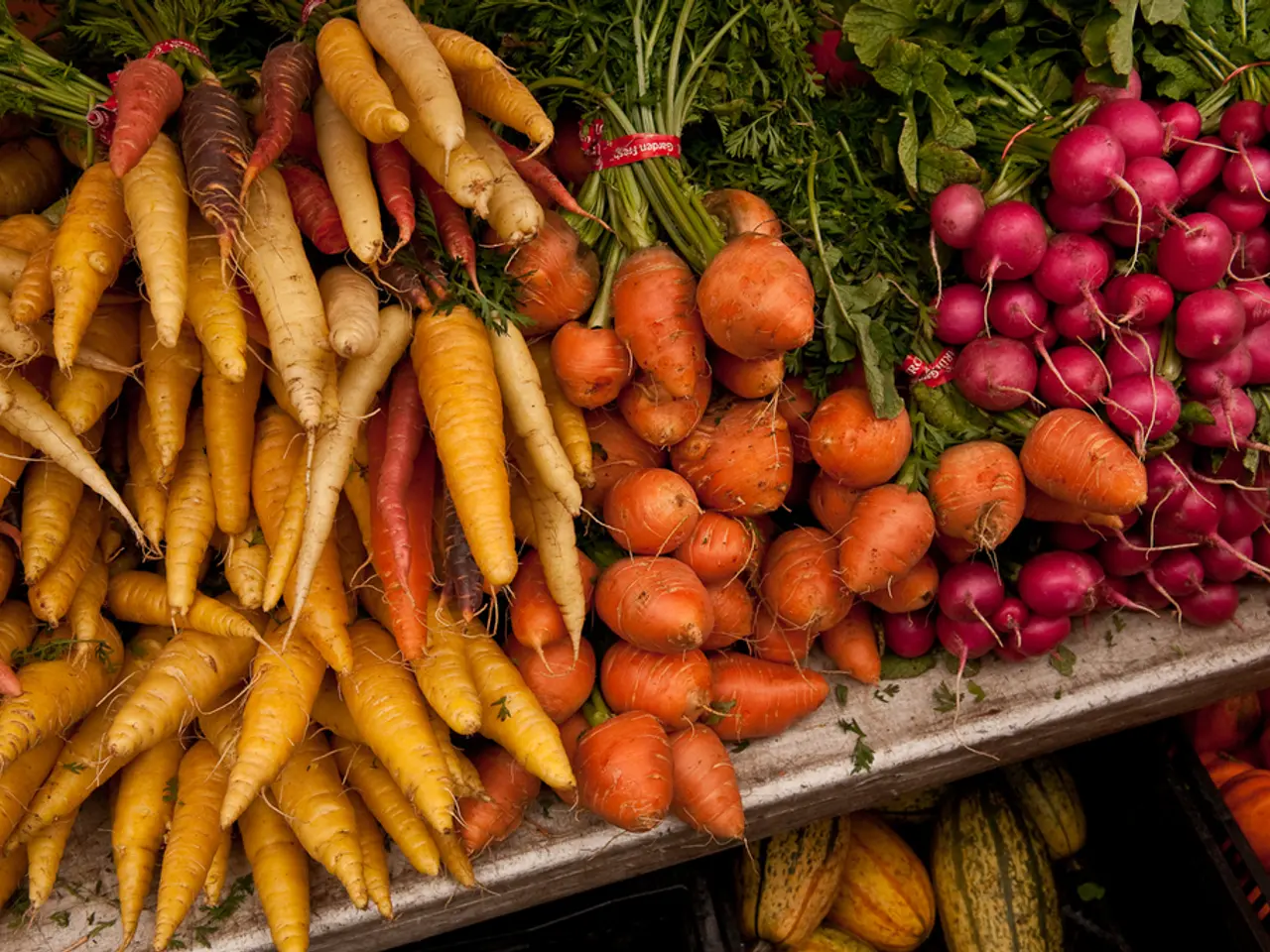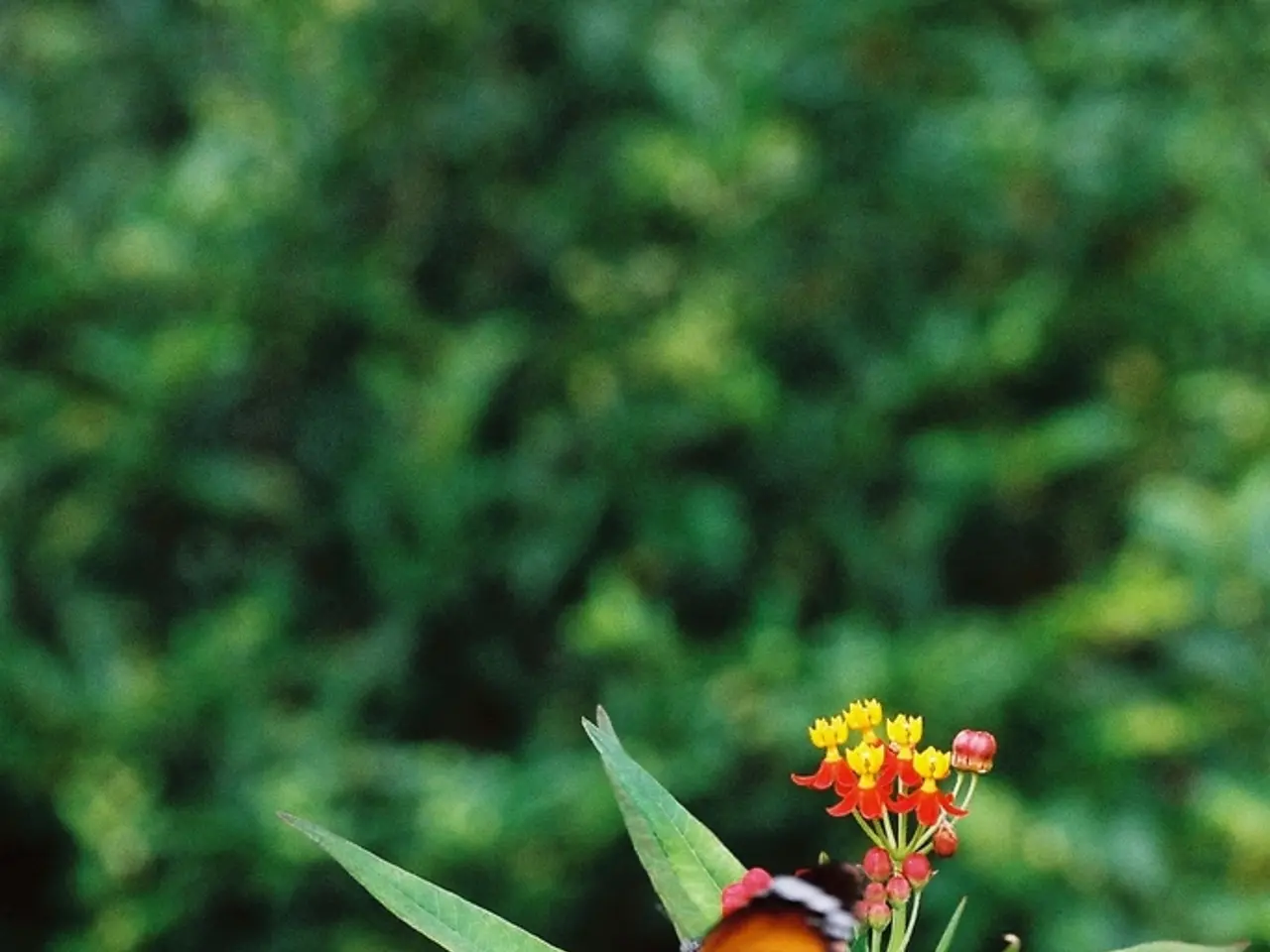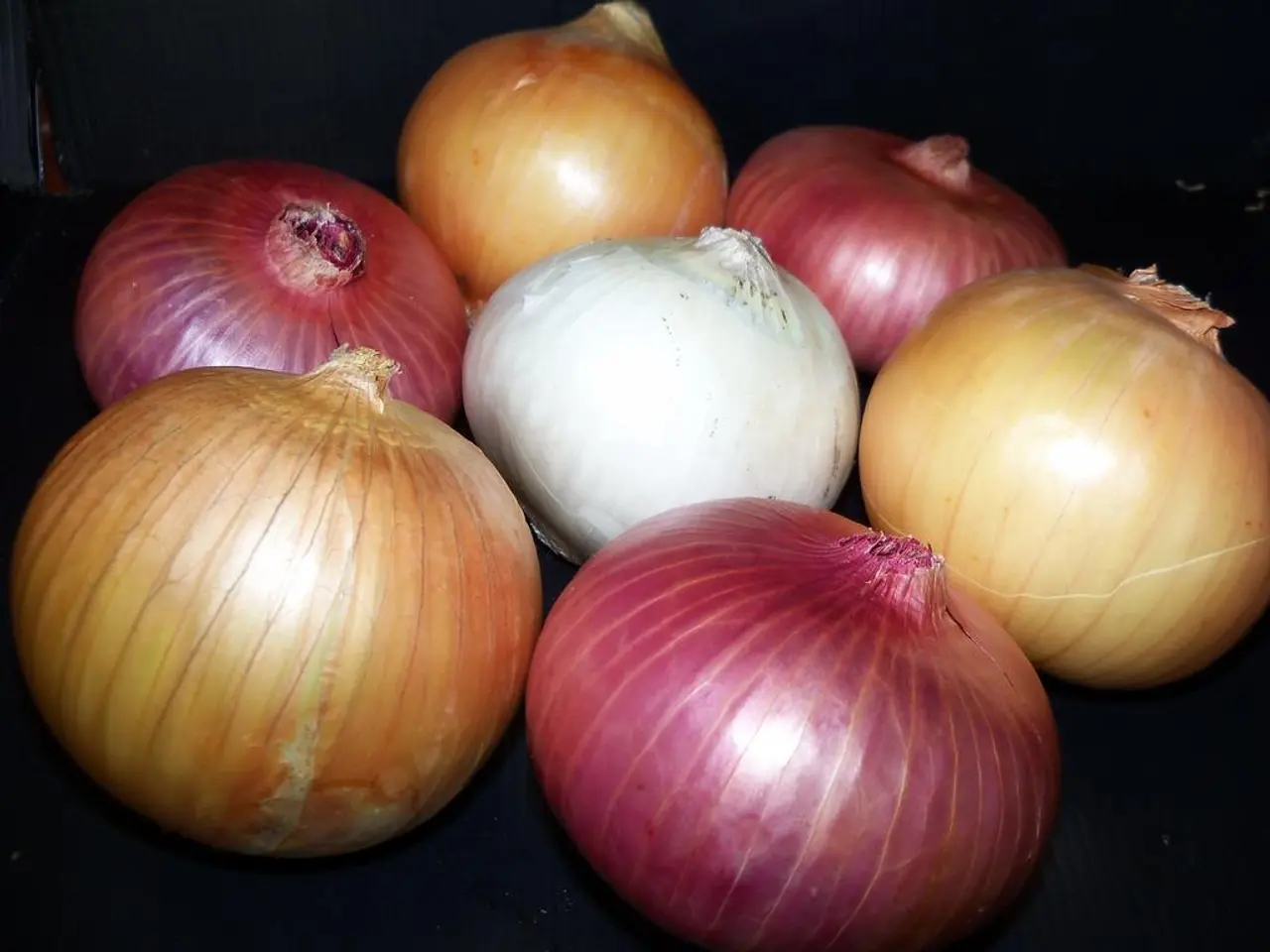Strategies for Cultivating Salvia: A Guide
Eye-catching Ornaments for Your Summer Garden: Salvias!
Salvias, commonly known as ornamental sages, are an essential element in any summer garden. These beauties come in a plethora of forms and colors, and their nectar-rich flowers serve as a magnet for bees, butterflies, and other pollinators. They put on a show from midsummer until the first frosts, often blooming for months on end, and many have aromatic foliage, providing a sensory experience.
The name 'salvia' derives from the Latin salveo, meaning 'I heal' or 'I save.' This moniker is a nod to the culinary herb, Salvia officinalis, which was used for medicinal purposes by the Romans and ancient Greeks[1]. With over 900 species, Salvia is a mammoth genus that continues to captivate gardeners worldwide.
Salvias fit seamlessly into almost all planting schemes. They're fantastic in mixed or herbaceous borders, ideal for underplanting roses, and said to keep mildew and black spot at bay. Some also shine in a tropical or exotic planting scheme, alongside dahlias, bananas, and cannas. Many salvias are perfect for a coastal garden and are often a vital part of a dry garden setup. They thrive in pots, serving as long-lasting displays on the patio. You can even create striking pot arrangements featuring salvias, euphorbias, and pelargoniums.
Salvia flowers display intricate spikes of tubular, lipped blossoms, available in almost every color imaginable, from white and soft pink to deep purples, magenta, scarlet, and electric blue. The size and appearance of salvias can vary greatly, and they can be divided into four main types:
- Annual salvias (such as Salvia farinacea, Salvia horminum, and Salvia splendens) are vibrant summer bedding options that are discarded after the season.
- Perennial salvias (like Salvia nemorosa and Salvia x sylvestris) are hardy perennials that return year after year. Give these a trim after their initial flowers fade in July for another summer display.
- Tender perennial salvias (such as Salvia greggii and Salvia elegans) can return year after year, but require protection in colder regions.
- Shrubby salvias (like Salvia x jamensis and Salvia microphylla) are sub-shrubs with woody stems. Most are hardy, and some remain evergreen in mild winters. However, they may require winter protection in colder areas.
How to Grow Salvias
All salvias grow best in full sun and well-draining soil. Deadheading to prolong flowering is recommended, and they may be lost over winter if the soil is cold and wet. To ensure salvias flourish, take cuttings at the end of summer, or grow tender varieties in pots and keep them in a frost-free spot during winter[1]. Wait until late spring to cut back old growth, as this provides some protection against the cold.
Caring for Salvias
Once established, salvias require little maintenance, but they are drought tolerant and rarely need feeding. Summer rains often don't reach the compost in pots, so regular watering is crucial. Bridge the gap using a high-potash feed such as tomato food from late spring to early autumn[1]. Remove spent flowers to encourage new blooms.
[1] "Salvias: The Complete Guide to Growing, Propagating, and Cultivating" by Oliver Parsons[2] "The Royal Horticultural Society – Salvias" (https://www.rhs.org.uk/plants/41061/Salvia)[3] "Salvia pamensis - Royal Botanic Gardens, Kew (https://www.kew.org/plants-fungi/plant-profile-icon/salvia/salvia-pamensis/S000039881)[4] "17 Best Salvias for a Long Lasting Summer Display" (https://thespruce.com/best-salvias-for-a-long-lasting-summer-display-2133232)
Adding a touch of elegance to your home-and-garden lifestyle, salvias are perfect for enhancing your gardening pursuit, especially in your summer garden. Whether you opt for annual, perennial, tender perennial, or shrubby salvias, these blooms complement various planting schemes, from mixed borders to coastal gardens.
